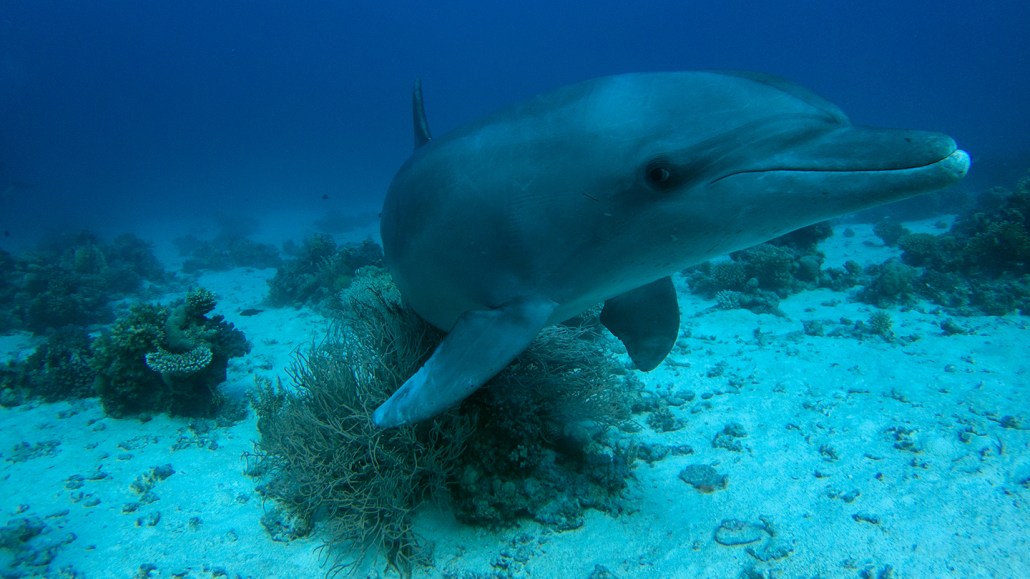
An Indo-Pacific bottlenosed dolphin rubs itself on gorgonian corals. A new study suggests the dolphins may behave in this intriguing way to keep their skin healthy thanks to substances within the corals.
A. Ziltener/Dolphin Watch Alliance

An Indo-Pacific bottlenosed dolphin rubs itself on gorgonian corals. A new study suggests the dolphins may behave in this intriguing way to keep their skin healthy thanks to substances within the corals.
A. Ziltener/Dolphin Watch Alliance